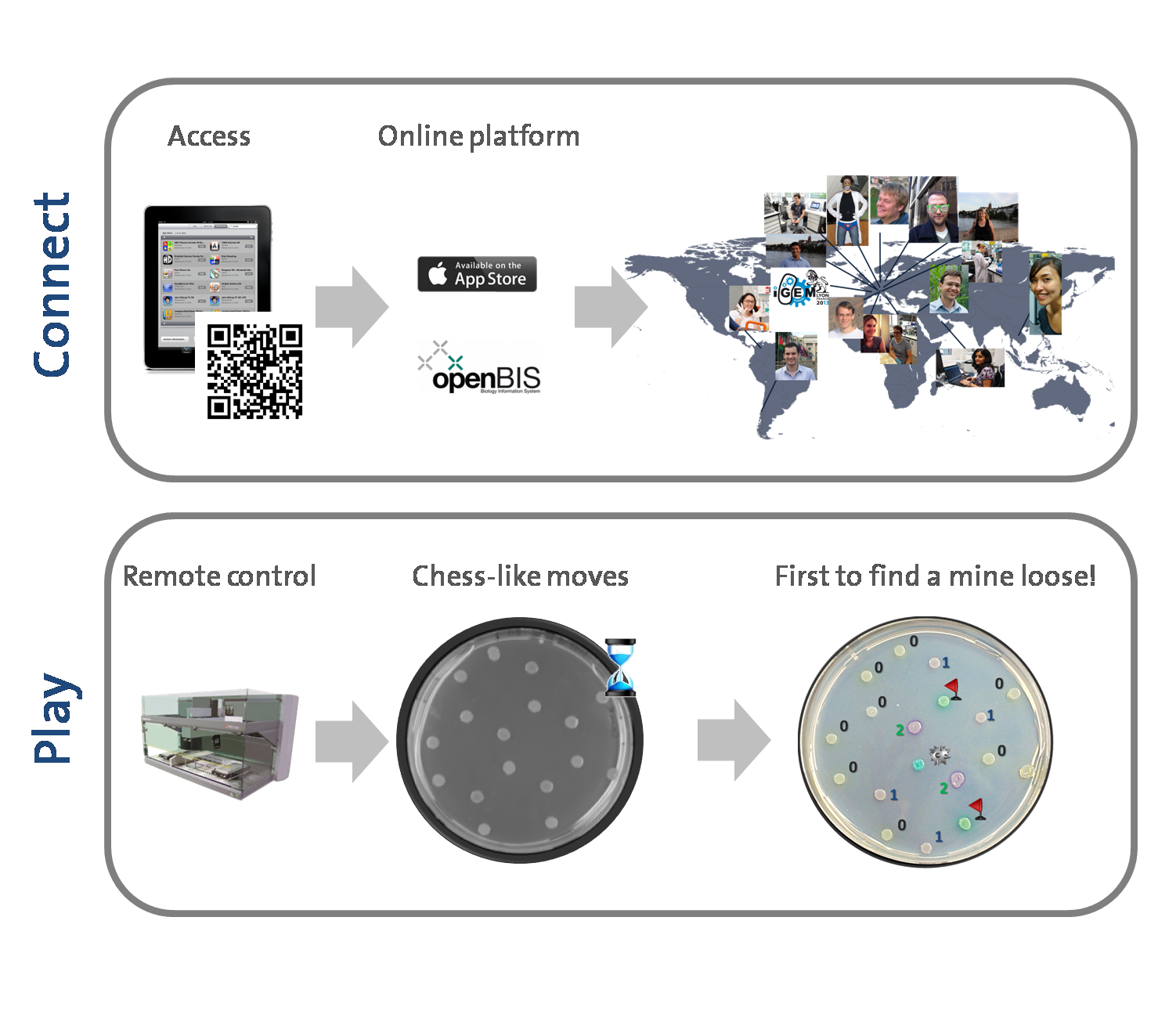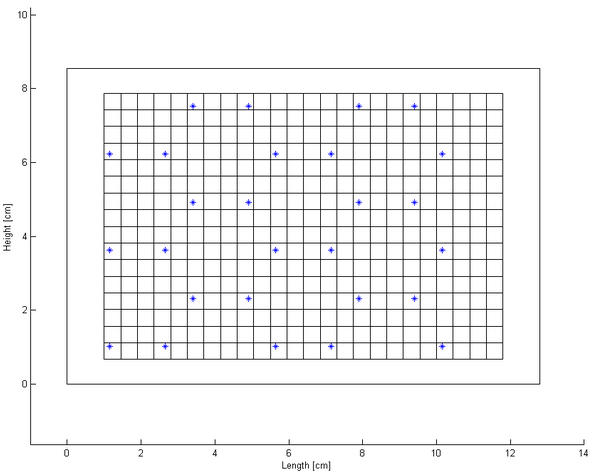Team:ETH Zurich/World
From 2013.igem.org
| Line 13: | Line 13: | ||
ratio=143/100| | ratio=143/100| | ||
srcMP4=<html>https://static.igem.org/mediawiki/2013/e/eb/HumanpracticevideoConverted.mp4</html>}}<br><br> | srcMP4=<html>https://static.igem.org/mediawiki/2013/e/eb/HumanpracticevideoConverted.mp4</html>}}<br><br> | ||
| + | <br clear="all"> | ||
| + | [[File:GridV2.png|left|800px|Thumb|<b>Figure 2. 386 well plate training of the roboter</b>]] | ||
| + | <p>In order to teach the robot where to pipette we need a map of the honeycomb pattern on a 386well plate, which the robot is used to see. With this little trick we can tell the robot exactly where to pipette on the agar plate.</p> | ||
<br clear="all"/> | <br clear="all"/> | ||
{{:Team:ETH_Zurich/templates/footer}} | {{:Team:ETH_Zurich/templates/footer}} | ||
Revision as of 13:55, 28 October 2013
Colisweeper as a worldwide interaction platform
We believe that Colisweeper is an original and novel tool that can be employed to raise awareness and educate people about synthetic biology. We envision an application with which people from all over the globe can remotely interact to participate in a multi-player game. Using a global web-based platform, accessible via a smart phone application that can be downloaded, people can remotely connect with other people miles away. At the department of Biosystems Science and Engineering, ETH-Zurich in Basel, we have a platform called openBIS. OpenBIS is an Open Source Biology Information System whose purpose is the management, annotation and sharing of data measured in biological experiments. We plan to create a QR Code to access our website and application for smartphones and tablets to connect to the openBIS platform. Using OpenBIS, global players can connect to a cloning robot at our department via remote control. Once connection is established, our bio-game colisweeper can be played with multiple players across the world. The game grid can be viewed by the players with each position of the colony in the grid represented by an alpha-numeric code. The player chooses a code after which the robot makes the move (watch the video for the robot in action). Alternatively, the opponent player makes a move. The player that encounters the mine colony first loses the game.
This opens huge possibilities not only for individuals, but also for big events and presentation since the camera records can be presented on any scale. Furthermore we think of this as a priming idea for others to catch on to, take part and develop it further into all kinds of applications, ranging from entertainment to education and even marketing or instruction.
In order to teach the robot where to pipette we need a map of the honeycomb pattern on a 386well plate, which the robot is used to see. With this little trick we can tell the robot exactly where to pipette on the agar plate.
 "
"







